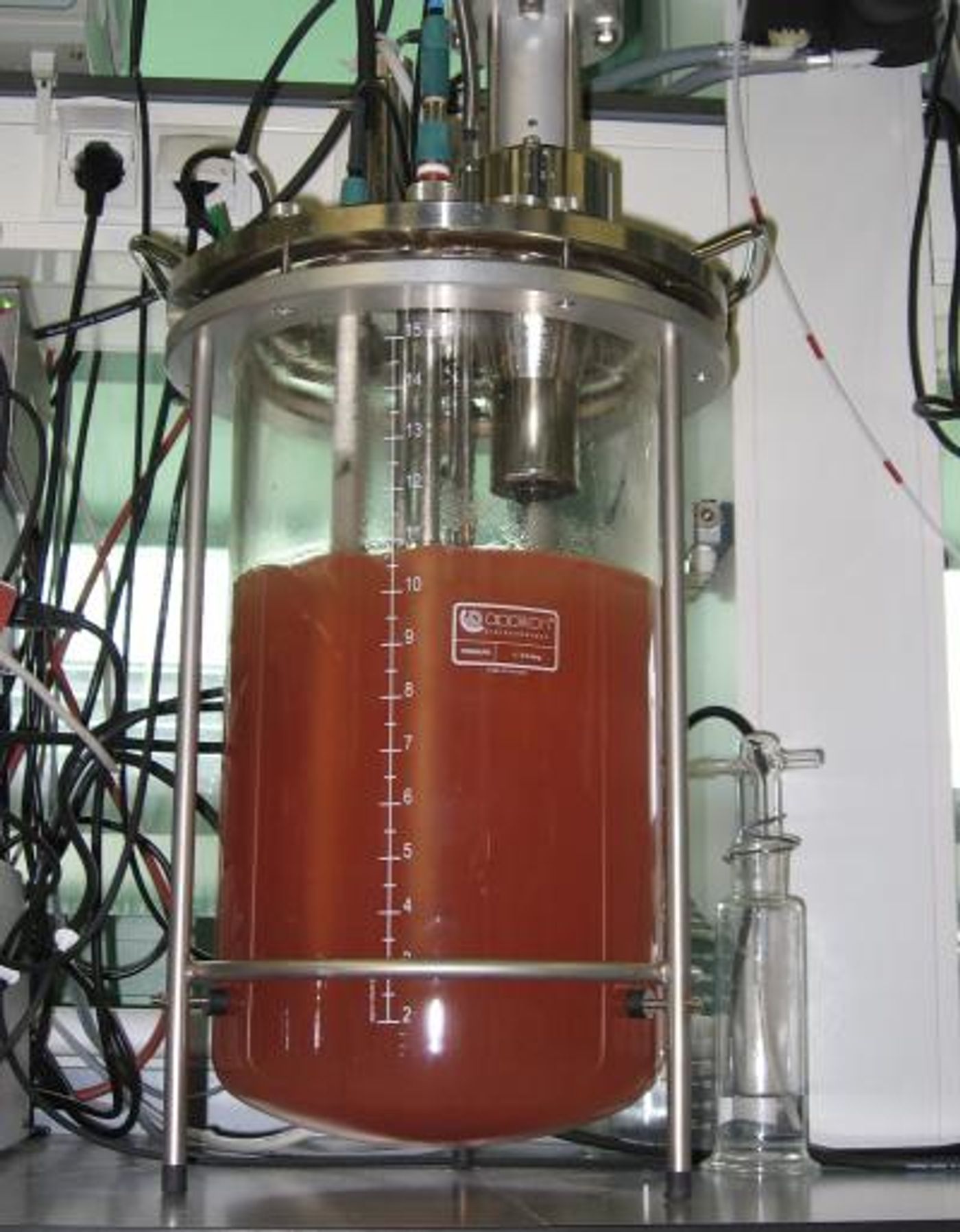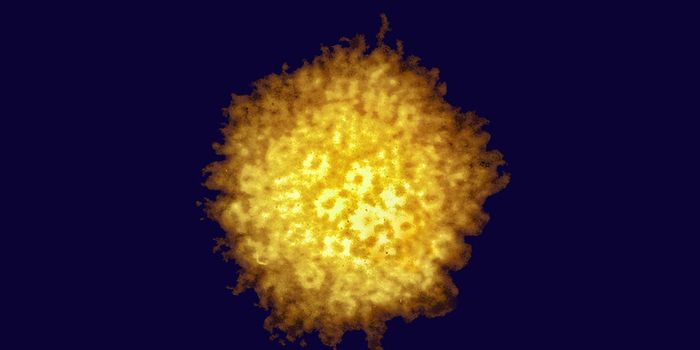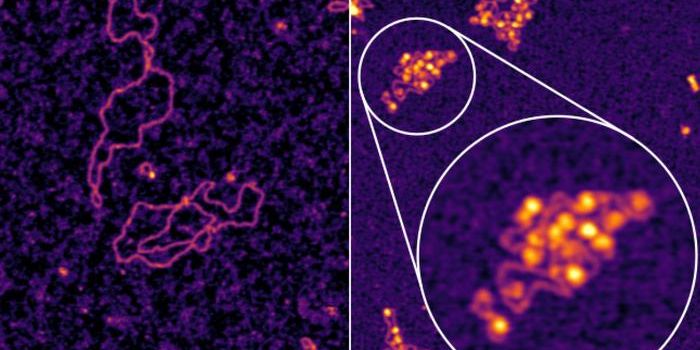Some Microbes Can Live on Nitric Oxide
Nitric oxide (NO), a colorless gas, plays an important role in a wide array of different processes. It’s a free radical, which means it has a highly reactive unpaired electron. While NO has important physiological roles, it is also very toxic. It's produced by combustion engines in vehicles, it can erode the ozone layer that's protecting our planet from UV rays, and is a precursor to nitrous oxide, a greenhouse gas. Because of its long history on the planet as a high-energy molecule, it’s been thought to play a role in the emergence and evolution of life. New research has lent credence to that hypothesis.
Reporting in Nature Communications, Max-Planck-scientist Boran Kartal and colleagues have shown how microbes can make use of nitric oxide. Until now, researchers haven’t known whether nitric oxide can help support life. Kartal’s team at Radboud University in the Netherlands has found that anaerobic bacteria that oxidize ammonia (also known as anammox) can directly utilize nitric oxide to grow. They do so by coupling reactions - nitric oxide reduction with ammonium oxidation, making only dinitrogen gas (N2) in the process.
"These findings change our understanding of the earth's nitrogen cycle. Nitric oxide has been primarily thought of as a toxin, but now we show that anammox bacteria can make a living from converting NO to N2", says Kartal.
There are microbes known to change NO to nitrous oxide (N2O). N2 is harmless, but N2O is a powerful greenhouse gas. Every molecule that is converted to N2 instead of N2O is making a contribution to climate change.
“In this way, anammox bacteria reduce the amount of NO available for N2O production, and reduce the amount of released greenhouse gas,” explained Kartal. “Our work is interesting in understanding how anammox bacteria can regulate N2O and NO emissions from natural and man-made ecosystems, such as wastewater treatment plants, where these microorganisms contribute significantly to N2-release to the atmosphere.”
This study could change or throw new variables into climate change modeling.
“Anammox, a globally important microbial process of the nitrogen cycle relevant for the earth's climate, does not work the way we assumed it did.” There are anammox bacteria all over the planet, and many of them could be using nitric oxide directly too, the scientists noted. “In this sense, the anammox microbes growing on nitric oxide could also be basically everywhere,” added Kartal.
The researchers want to know more about how microbes that use nitric oxide are impacting different ecosystems. They are curious about how nitric oxide is used in environments that have oxygen, and those without it. “Basically, we want to understand how organisms can make a living on NO,” concluded Kartal.
You can learn more about how nitrogen is involved in climate change from the video featuring David Reay of the University of Edinburgh.
Sources: AAAS/Eurkealert! via Max Planck Institute for Marine Biotechnology, Nature Communications










